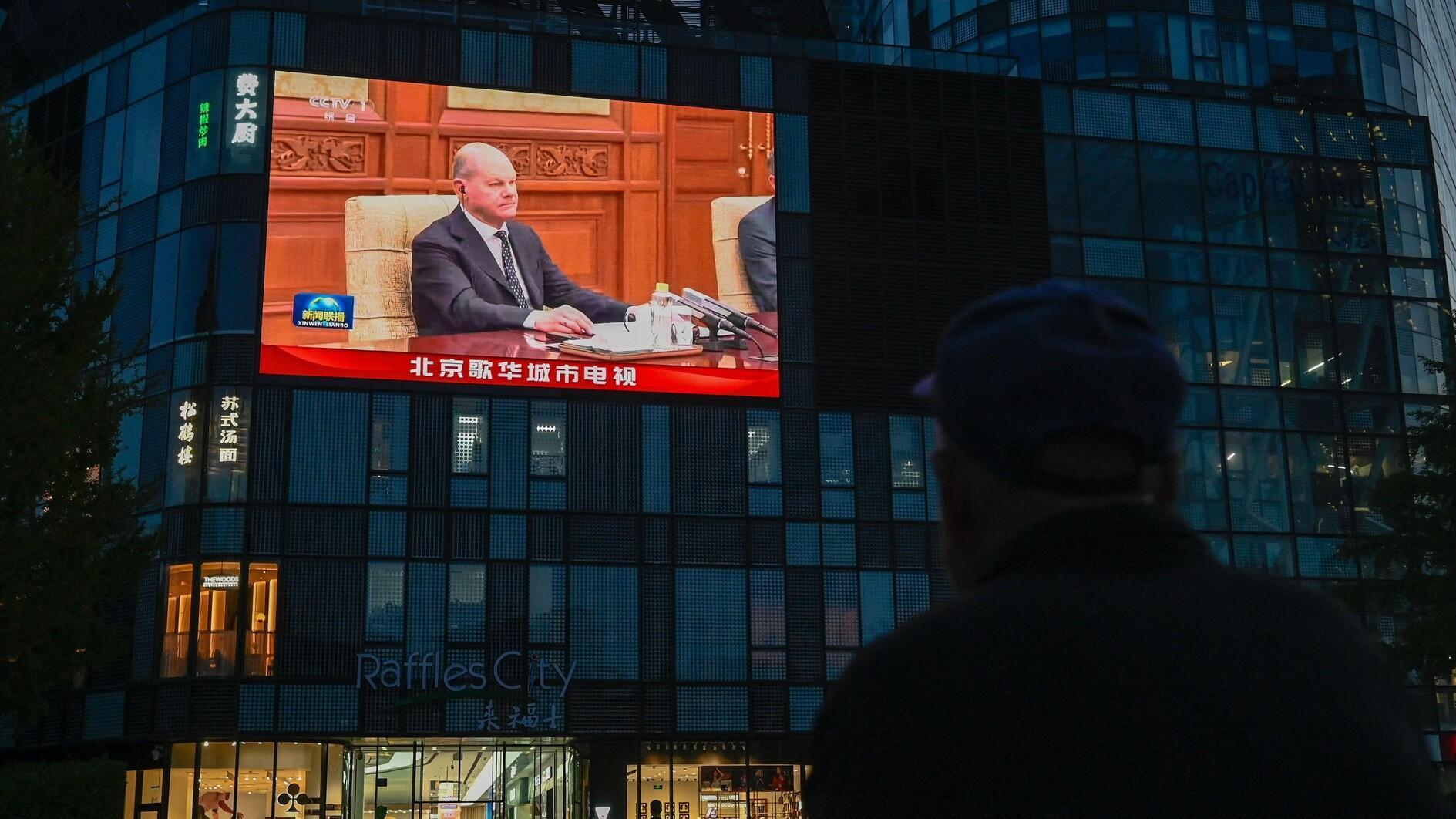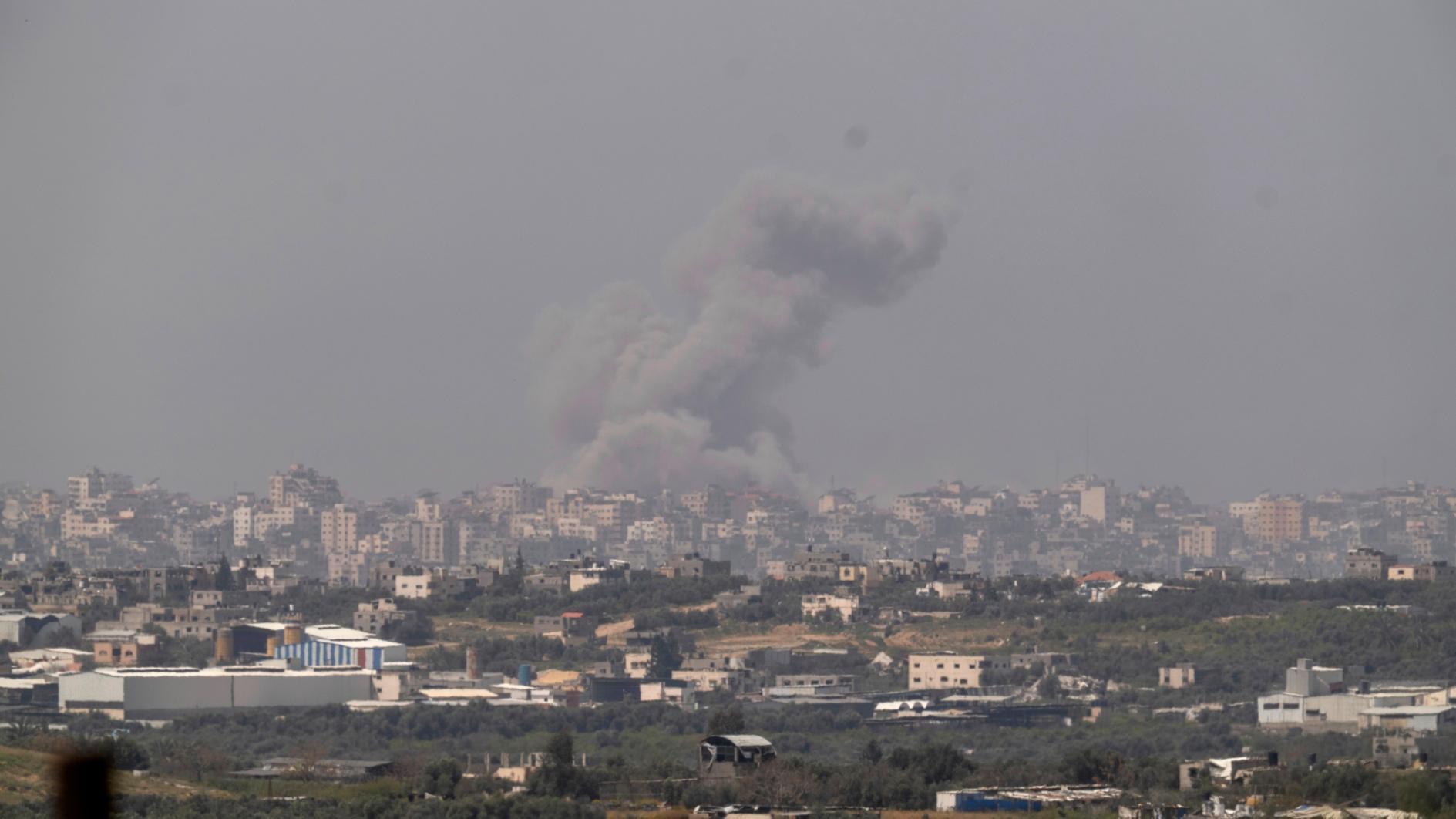Şanlıurfa’s bazaars have much to offer tourists

The most important of the Şanlıurfa bazaars is the Bedesten Market, which was built in 1562. The bedesten is noted for its wide array of traditional accessories and clothes. AA photo
The grand bazaars of Turkey, especially the one in Istanbul, have remained premier shopping locations for centuries. But while the bazaars in Turkey’s northwest attract the most attention, long-established markets in the southeastern province of Şanlıurfa have much to offer to the shopper as well.The traditional architecture of the Kazaz (Bedesten), Sipahi, Koltukçu, Gümrük Hanı and Kınacı Market in the southeastern province are among the centuries-old bazaars that are situated in the city center.
The most important of the bazaars is the Bedesten Market, which was built in 1562. The large market is located near Gümrük Han and the Rızman Ahmet Paşa Vakfiye, which was built in 1740, according to Anatolia news agency. The locals refer to the mall as “Bezzazistan.”
Bedesten Market has four main doors that were restored by the Şanlıurfa Culture and Arts Research Association (ŞURKAV). Perceived as one of the best examples of ancient Turkish bazaars in Anatolia that have remained true to their historical identity and retained their original architecture, the Bedesten is noted for its wide array of traditional accessories and clothes.
While most people know that the most important grand bazaars are in Istanbul or Bursa, Cihat Kürkçüoğlu, an assistant professor from Harran University, said Şanlırufa’s Bedesten was an important center for shopping in older times.
Kürkçüoğlu said the Bedesten served as a suitable place to shop in the summer because it was not affected by the hot weather of Şanlıurfa.
Most of the bazaars in Şanlıurfa are from the Ottoman era, he said, adding that many travelers of yesteryear mentioned the bazaars in their writings.
“There are lots of grand bazaars in Şanlıurfa. The most significant reason those bazaars were built was because of Şanlıurfa’s hot climate. People used to look for a social place that they could hang around in during the summer,” Kürkçüoğlu said.
















